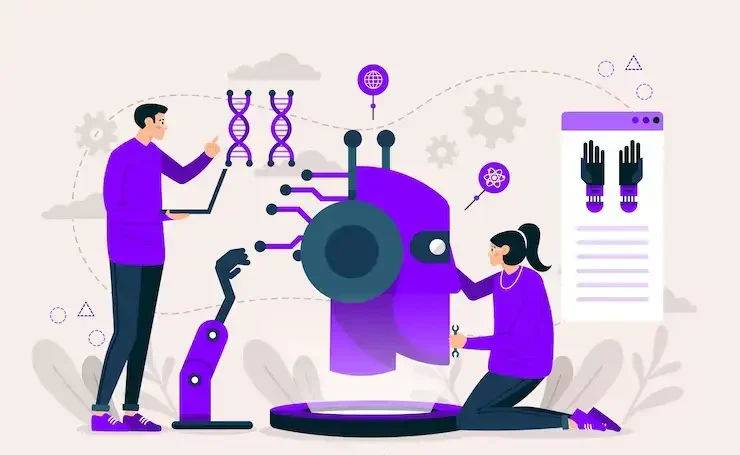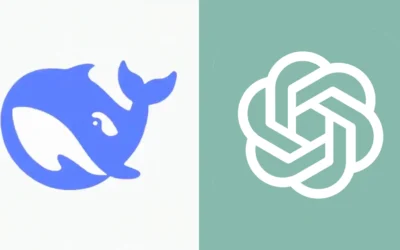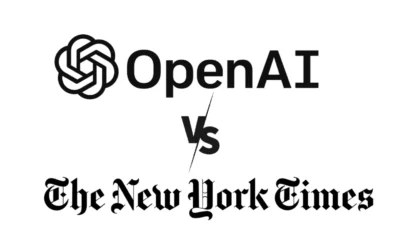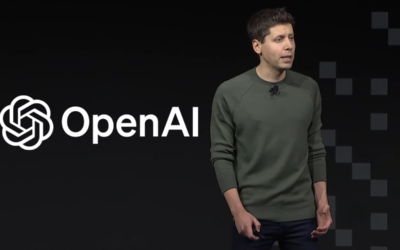The Latest Updates on OpenAI’s GPT-4

OpenAI has been at the forefront of artificial intelligence research and development, continually pushing the boundaries of what is possible in natural language processing. Their previous language model, GPT-3, gained significant attention for its impressive capabilities. Now, OpenAI has released their latest advancement in this line of models—GPT-4. In this blog post, we will explore the latest updates and improvements in OpenAI’s GPT-4.
Enhanced Language Understanding:
One of the primary focuses of OpenAI in developing GPT-4 was to enhance its language understanding capabilities. GPT-4 demonstrates a significant improvement in its ability to comprehend and respond to complex queries. It can understand nuanced language, context, and even subtle hints, resulting in more accurate and contextually appropriate responses. This advancement enables GPT-4 to be even more versatile and useful across various applications.
Improved Contextual Understanding:
Building upon the contextual understanding of GPT-3, OpenAI has further refined GPT-4 to have a deeper grasp of context within conversations. This improvement allows the model to generate more coherent and contextually consistent responses, making interactions with GPT-4 feel more natural and seamless. Users can now have more engaging and productive conversations with the model, leading to a more interactive and immersive experience.
Expanded Knowledge Base:
OpenAI has continued to expand the knowledge base upon which GPT-4 operates. By training the model on an extensive dataset, GPT-4 possesses an even broader range of information across multiple domains. This expansion allows the model to provide more accurate and up-to-date answers to a wide variety of questions, making it an invaluable resource for information retrieval and research purposes.
Fine-Tuned Bias Handling:
Addressing concerns about bias in language models, OpenAI has made significant efforts to fine-tune GPT-4’s bias handling capabilities. By reducing both glaring and subtle biases, OpenAI aims to ensure that the model produces more objective and fair responses. This enhancement is a step forward in mitigating bias-related challenges and promoting responsible AI usage.
Increased Customizability:
To cater to specific needs and preferences, OpenAI has introduced greater customizability options in GPT-4. Users can now fine-tune the model on specific datasets to make it more domain-specific or tailor its behavior according to desired guidelines. This flexibility empowers developers and organizations to utilize GPT-4 in a way that best suits their unique requirements.






